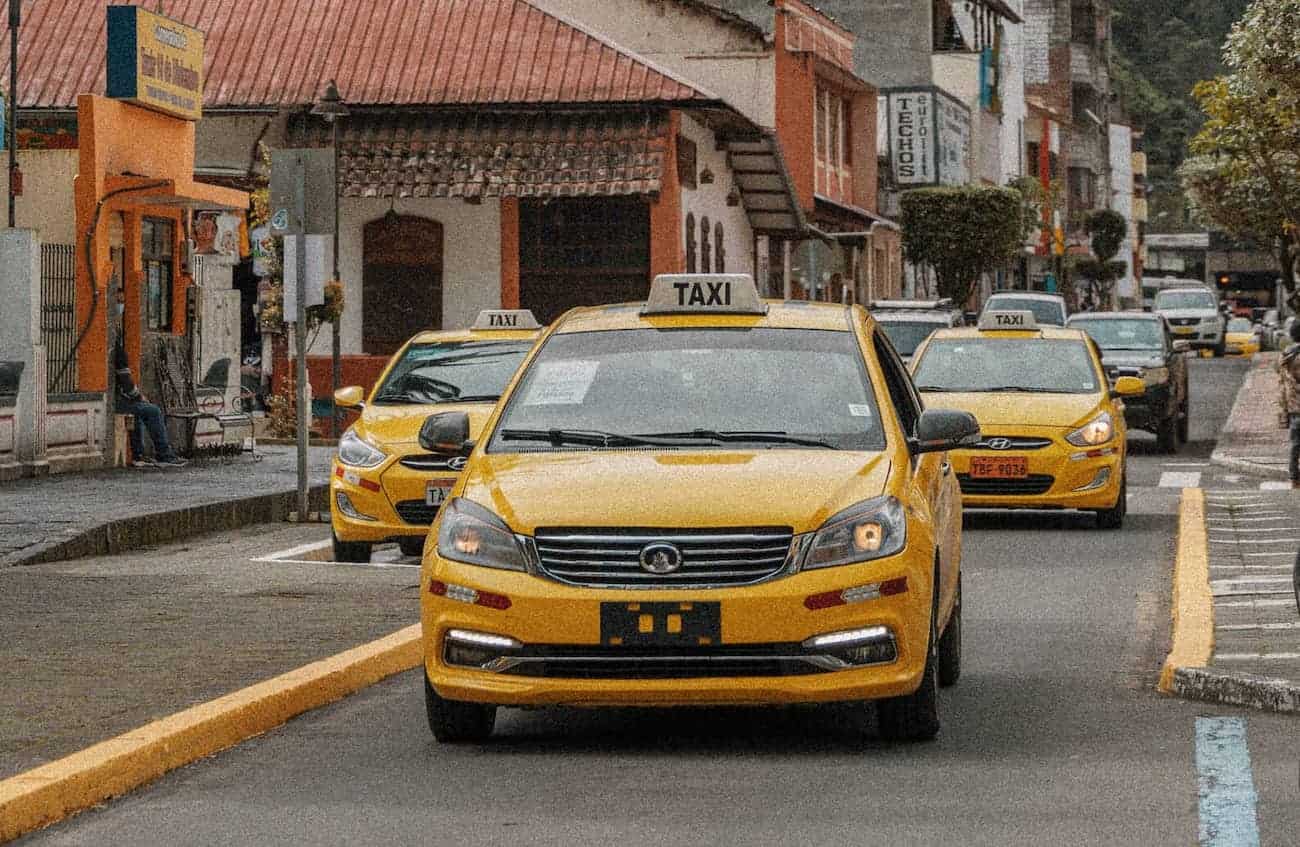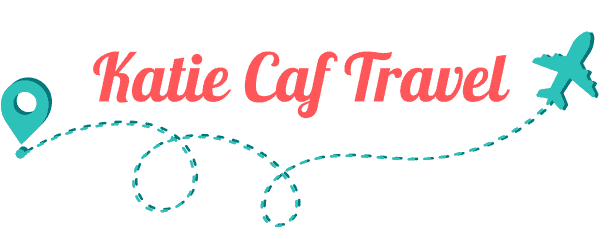The Most Common Travel Scams in Peru
Peru is an easy country to travel in but that doesn’t mean it’s entirely without some travel scams – read this guide so you won’t fall for them!

1. Counterfeit Money
I found a 100 sol note on the floor of my hostel and gave it to the owner for lost & found, to my surprise he crumbled it up and threw it out! It was a counterfeit. According to Vice, Peru has now surpassed Colombia as the leading counterfeit producer in the world – and they don’t just counterfeit sol, millions of fake USD come out of Peru every year. Just make sure to always get cash out of an ATM (a proper one connected to a bank if you can) and never use an unofficial currency exchange if you can help it. The reason is they could give you fakes in exchange for your real USD, and you won’t be able to tell until you try to spend the money.
“Do you have any change” This hasn’t happened to me but I’ve read about people coming up to tourists and asking if they have change, but the way they ask doesn’t really make sense. What they want is your larger bill in exchange for their two smaller bills, so the opposite of how asking for change usually works. Regardless, well-meaning tourists sometimes fall for this and wind up with 2 counterfeit 50s in exchange for their legitimate 100 sol note.

2. Baby Alpaca Photos Scam
This isn’t really a scam, a similar version of this “scam” can be found anywhere: basically, women dressed up in traditional clothes will ask to take a photo with you, or if you want to pet their baby llama after they will demand a fee for this. It should be no more than 10-20 sol. I have seen some situations where someone will pressure a tourist to put the baby llama in their hands or ask them to pet it, and then demand payment for it – Basically, if you pet a llama in Peru it’s never for free unless you’re in the countryside!

3. Fake Alpaca Goods
All the fun llama-printed sweaters you see all over Peru? They’re probably acrylic. The Peruvian people are by and large very nice but it seems like there’s just been a mass agreement to lie and say every piece of knit clothing is “100% baby alpaca”. Pretty much anything you see in a “crafts market” or a market like San Blas or San Pedro is mass-produced in a factory and then shipped in just to be sold to tourists. Unless you see someone making it in front of you, it’s likely not artisan-made.
I asked my Airbnb host why there are so many fake goods and he told me that alpaca is a big-money export for Peru. It makes no sense to keep it here to sell to tourists for cheap in the markets when they could export it and make more money. You can still find legitimate 100% baby alpaca products in Peru but they cost hundreds of dollars and are usually sold in proper stores, not markets.I went around San Pedro market for fun and asked shopkeepers if they had anything “100% baby alpaca” (you shouldn’t be able to get a baby alpaca sweater for under 100-$200 USD, even in Peru, and these sweaters were being sold for under $10).
Every. single. shopkeeper. said, “Everything! Everything in my store is 100% baby alpaca only the best”. It’s very tame as far as scams go, but if you want the real thing you’ll have to frequent some of the nicer stores that sell clothing for hundreds of US dollars because that’s how much a real alpaca sweater should cost.
Tip: The biggest takeaway I learned from that is a real alpaca sweater will be hundreds of Sols, not tens. Also, real alpaca feels cold to the touch. So, if you’re wondering about the veracity of an alpaca sweater and it doesn’t feel cool, it’s likely, not real.

4. Taxi Scams
The taxi drivers in Peru, just like in the rest of the world, love to scam tourists. At the airport taxi drivers are particularly aggressive. When coming from the airport I would recommend using Uber if you have cell service, or have your hotel pick you up. The taxis in Peru do not usually use meters, and the price instead has to be negotiated beforehand. I had a taxi driver agree on a 50 sol fee for a ride and then when we got to the destination he said that we agreed on 50 US dollars, not sol, and I actually owed him 250 sol!
This is a really common scam, don’t give in to taxi drivers bullying you. If you can’t hail an Uber for whatever reason you can still usually use the app to check for the “correct” price of a trip, and use that as a jumping-off point for negotiations.
🚕 Tipping on Taxis: Another issue is asking for a big tip. Tipping isn’t compulsory in Peru, you only do it if you have good service, and it’s usually only a few sols. I had a taxi driver basically demand a 50% tip and he had to be shooed off by my homestay host.
Tips for Taking a Taxi in Peru:
✔️ #1 Tip is you’ll want to use Uber in Peru whenever possible. I used Uber in Lima and Cusco to get around, it saves money and it’s safer to have a tracked ride.
✔️ Avoid taking a taxi from the airport or popular tourist spot. Instead, you can use Uber, arrange a tour guide, or arrange your hotel to pick you up.
✔️ If your taxi driver tells you your hostel is dangerous, closed, or even that it burnt down(!!!!) don’t listen to them. Tell them to take you to it anyway. Taxi drivers will say anything all over the world to take you to a hotel that will give them a fat commission (by charging you extra).
✔️ Never let a taxi driver take you to a place they recommend, especially if they’re pushy about it. You can ask them their opinion, and then go without them, but if they try to take you to a restaurant/store/hotel/money exchange it’s just because they’re going to get a commission.
✔️ If you ordered a taxi pickup, let them come to you and tell you your name and the name of your hotel, don’t ask drivers if they’re your pickup – they’ll just say yes.
✔️ All taxis that pick up passengers outside the airport terminal or outside the bus terminal are likely unlicensed, as only licensed taxis can enter terminals in Peru. Uber is also unlicensed and will pick you up outside the terminal, but you have the added security of the app tracking you.

5. Buying tours online
This isn’t really a scam, but if you book a tour online through Get Your Guide or Viator, it will be 20-50% more expensive than if you booked it on arrival. In some countries, it’s better to book things online beforehand, but I’ve found it to be constantly more expensive to do so in Puru. When I flew the Nazca lines I booked a tour for around a hundred dollars and found out the set rate was about half that at the airport. I only found out after I arrived in Nazca that I had paid 2X too much.
Money Saving Tip It’s typical for things booked online in Peru specifically to be more expensive than on the ground.
6. Restaurant Scams
Tipping in Peru for locals is not a common practice for Peruvians, you will never be expected to leave a tip at a restaurant that caters mostly to locals (but you still should). At tourist spots or more upscale restaurants tipping is expected 10-15%. There’s also an IGV tax which should already be wrapped into the price of the items on the menu. If you get a bill and it has an unnaturally high service charge at the bottom, that is illegal and you don’t have to pay it.
Sometimes a restaurant might add a 10% service charge to the bill, and if it’s what you were going to tip anyway it’s no big deal. The scam is if this service charge isn’t properly disclosed and they ask for a tip on top of it. I actually had a waiter draw hearts and smiley faces over the part of the bill that had the service charge so we wouldn’t see it.

7. ‘I Have No Change” Scam
This doesn’t always have to be a scam, per se. In cash-oriented countries, people guard their small bills and coins. Someone might be telling you they have no change hoping that you’ll give them a smaller bill, but sometimes (especially taxi drivers because you pay at the end of the trip) they’re hoping you’ll let them just pocket the extra. You should demand they make a change, there’s usually a bodega around to go to and get coins from, or at the beginning of the trip when you negotiate a price you can ask them “Tienes cambio por _____?” i.e. do you have change for 20/50/100?? And that should eliminate any possibility of them lying to you about not having change later.

8. Wrong Change Scam
I think I had this happen to me once but once I asked the cashier about it they were SO apologetic it might have actually just been an accident. Basically, you give someone 20, 50, 100, etc and they have a 10-sol bill in their hand and pretend you only gave them 10. Or they go into the back to get your change and they only give you change for a 20, even if you gave them a 50. Since they no longer have the 50 in their hand it’s hard to prove that you gave them a larger bill. This is another scam that happens all over the world, not just in Peru.


This is a great blog about popular scams in Peru thank you! Our travelers also ask these questions and we believe it is better to come prepared as these things do exist!
Another popular scam in busy areas such as markets is throwing some liquid at you ( ketchup, mustard, or even bodily fluids!) and then a “lovely lady/gent ” will come and “help clean you off) going through your pockets at the same time….. best thing to do I keep on walking, or generally causing a scene to draw attention, are the best tactics!
Thanks again!